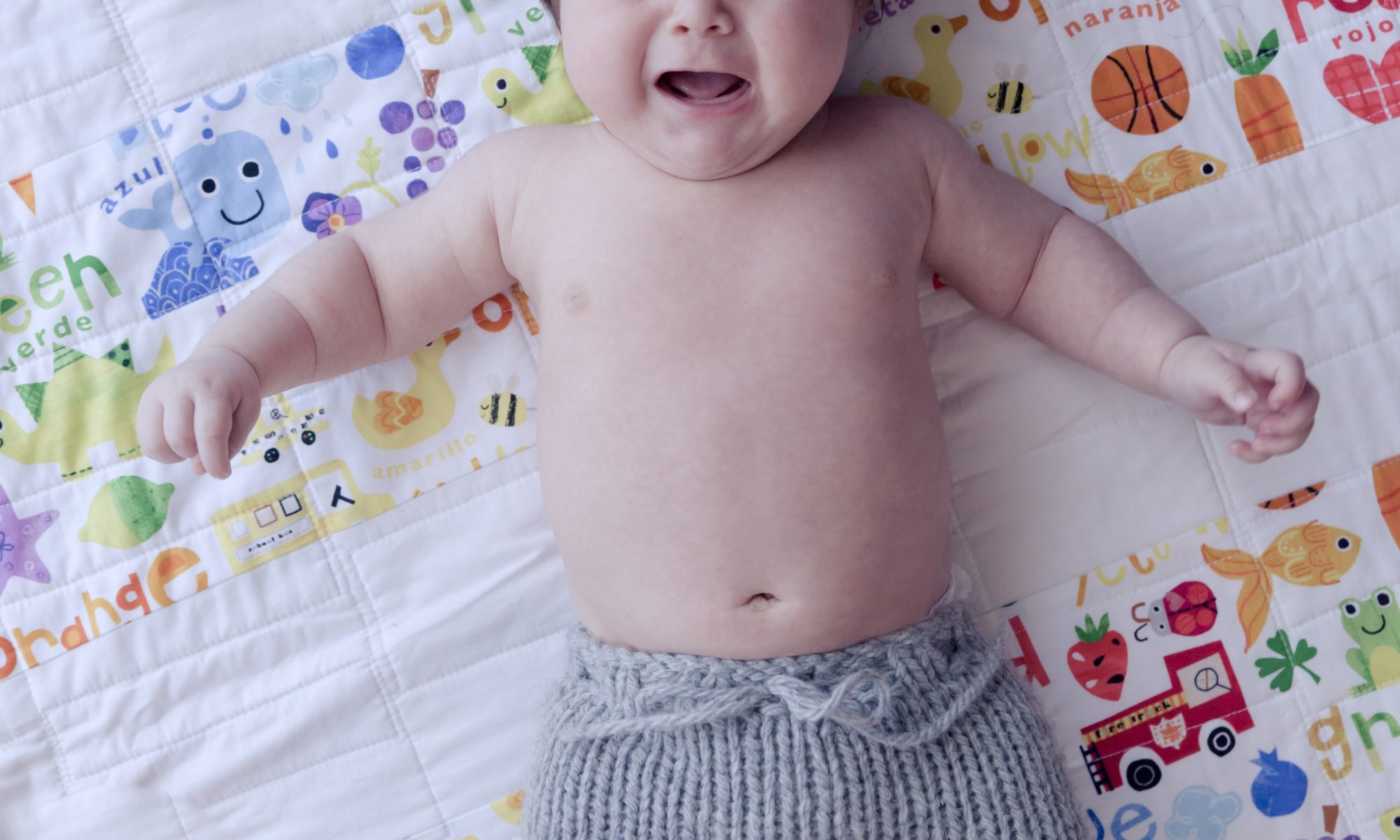As part of their medical treatment, newborns in Intensive Care Units go through a number of painful procedures, such as heel lancing, arterial catheter insertion, intramuscular injections, etc. Contrary to the previous conception that newborns are not sensitive to pain, it has been shown that neonates do in fact have a higher sensitivity to pain than older children. In addition, prolonged exposure to pain and use of analgesics may have adverse effects on the future wellbeing of a child and could affect their eventual sensitivity to pain [1].

Nowadays, pain assessment in newborns involves monitoring some physiological and behavioural pain indicators, such as their brows, mouth, nose and cheeks’ movements. Trained nurses will take these measurements right after the procedure and will then monitor changes every two to four hours, depending on the seriousness of the procedure. However, this approach is highly subjective and does not allow for continuous pain monitoring, since doing this would require a large number of trained personnel.
As part of her PhD research, Joy developed an objective pain assessment tool to support clinical decisions on pain treatment. The system uses video, so it is able to provide continuous pain monitoring [2]. However, its development was not straightforward. Originally though to be used to measure pain on newborns, the design had to be changed due to lack of data.
Even after obtaining NHS Ethics approval the data capture process was too cumbersome. It required a Kinect camera to be set up before each different procedure, which then needed to be taken off. This was too time consuming for the team at Queen’s Medical Centre (QMC) in charge of data collection. This, in combination with low recruitment due to the sensitive nature of the procedures that were being recorded, made it virtually impossible to collect data in QMC.
However, through the Horizon Centre for Doctoral Training Impact Fund, we were able to establish a relationship with the National Hospital in Abuja (Nigeria), who agreed to collaborate with us. Staff there were particularly interested in the continuous aspect of the system, since they were dealing with such a large number of newborns on an everyday basis that constant monitoring was a challenge. After obtaining Ethics approval by the hospital panel and receiving training for appropriate procedure behaviour, we were allowed to collect data from different types of procedures, both painful and painless ones. Additionally, trained nurses and physicians helped with the recruitment of parents and newborns.
In three months, from October to December 2017, we were able to collect over 200 videos of infants undergoing painful and painless procedures. This has made a huge difference, since now we have actual relevant data with which to test the tool for assessment developed mentioned previously. Currently, we are working on getting the videos annotated by expert two nurses, and we are looking forward to modifying the general pain assessment tool created in [2] to measure pain on newborns automatically and continuously.
The authors of this post, Joy Egede and Mercedes Torres Torres would like to thank the staff of the National Hospital for their help and support. Moreover, they would like to thank all the parents and newborns who participated in the data collection.
[1] Page, G.G., 2004. Are there long-term consequences of pain in newborn or very young infants?. The Journal of perinatal education, 13(3), pp.10-17.
[2] Egede, J.O. and Valstar, M., 2017, November. Cumulative attributes for pain intensity estimation. In Proceedings of the 19th ACM International Conference on Multimodal Interaction(pp. 146-153). ACM.
Mercedes Torres Torres, Transitional Assistant Professor, Horizon Digital Economy Research


